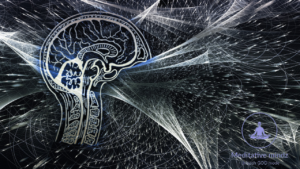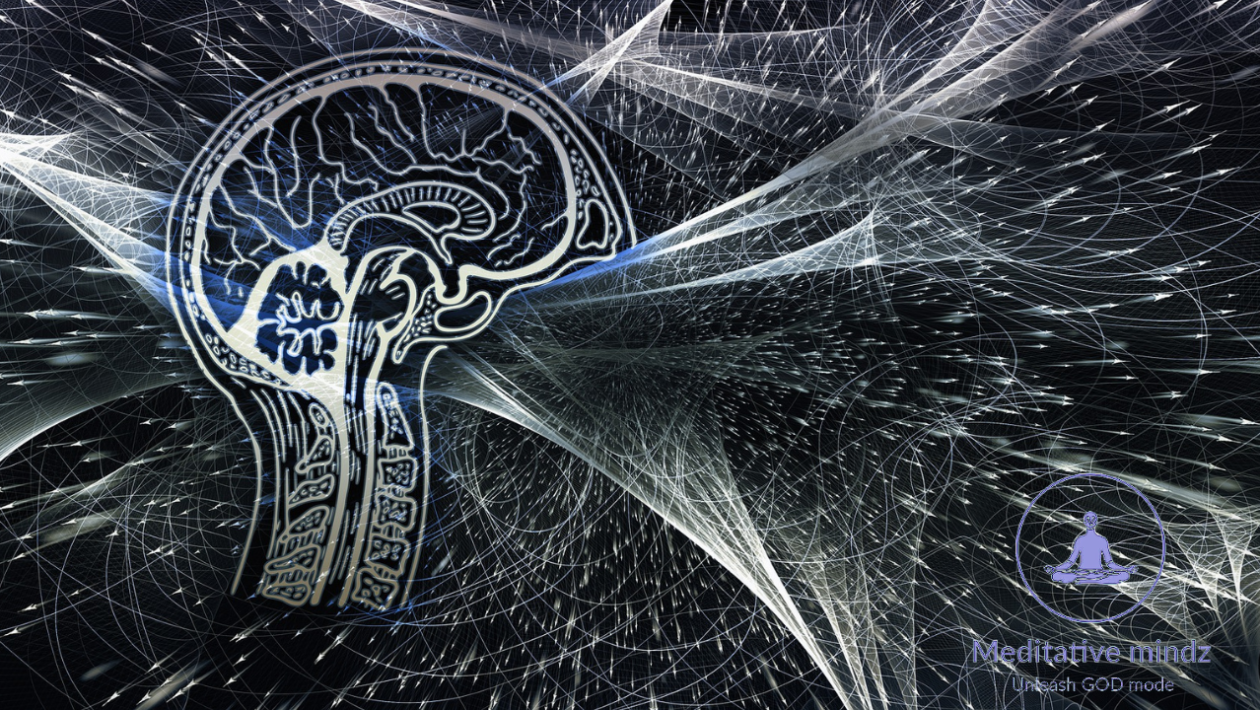
Meditation is good for the brain.
We’ve all heard that meditation helps with mental clarity, stress reduction, and anxiety reduction. However, how can meditation help the brain? Mindfulness practice has been demonstrated in studies to cause favorable physiological changes, strengthening the link between meditation and the brain.
Meditation has become more mainstream in recent decades. People are learning to understand the power of the present moment through working with their brains, following their breath, and working with their thoughts. Meditation groups are springing up in schools, towns, senior centers, and other places. As reported in a recent Business Insider piece titled “Silicon Valley is obsessed with meditation, and there’s fresh proof it affects the brain for the better,” it’s become so common that even the business community has joined the trend.
Psychology research has verified what every meditator already knows: meditation is excellent for both the body and the soul. Science can now back up these assertions by demonstrating how meditation affects the highly complex organ located between our ears. Meditation appears to nourish the areas of the brain that lead to happiness, according to new scientific research. Furthermore, it appears that consistent practice deprives the brain’s stress and anxiety-related areas of nourishment.
Effects of meditation on the brain
Sara Lazar, a Harvard neuroscientist, talks about how meditation affects the brain in an interview with the Washington Post. She describes how four brain regions associated with healthy brain function become more significant in meditators, while one connected with undesired conduct decreases. Let’s take a closer look at these topics.
Left Hippocampus
This is the part of the brain that facilitates learning. Emotional regulators related with self-awareness and empathy, as well as cognitive capacity and memory tools, are all present here. Gray-matter density increases as the cortical thickness of the hippocampus increases in volume, according to research, and all of these vital functions are nurtured.
Posterior Cingulate
Cingulate Posterior
The posterior cingulate is linked to wandering thoughts and self-relevance, or the degree of subjectivity and self-referential information processing. The posterior cingulate appears to be associated with a reduction in mind wandering and a more genuine sense of self.
The ability to remain alert to the present moment without judgment, regret, or anticipation is one of the most important benefits of meditation on the mind, as is the ability to observe sensations and emotions that occur in the mind-stream without necessarily identifying with them. Meditation appears to boost posterior ungulate density.
Pons
This is a very active and vital area of the brain, as it produces many of the neurotransmitters that assist regulate brain activity. The word pons, which means “bridge” in Latin, refers to its location in the middle of the brain stem. The pons is engaged in a variety of important activities, including sleep, facial expressions, sensory input processing, and fundamental bodily functioning. The pons is strengthened via meditation.
The Temporo Parietal Junction (TPJ)
The Temporo Parietal Junction is a junction between the temporal and parietal lob (TPJ)
We prefer to think of ourselves as nice people who are compassionate, humane, and just. Empathy and compassion, as well as our sense of perspective, are linked to the temporoparietal junction of the brain, or TPJ. The posterior cingulate concentrates on “myself,” whereas the TPJ sheds a light on “everything else.” When we imagine ourselves in someone else’s shoes, for example, the TPJ becomes more active. A stronger TPJ, when paired with additional benefits of meditation such as less stress and increased awareness of the present moment, can help us become the good people we wish to be.

